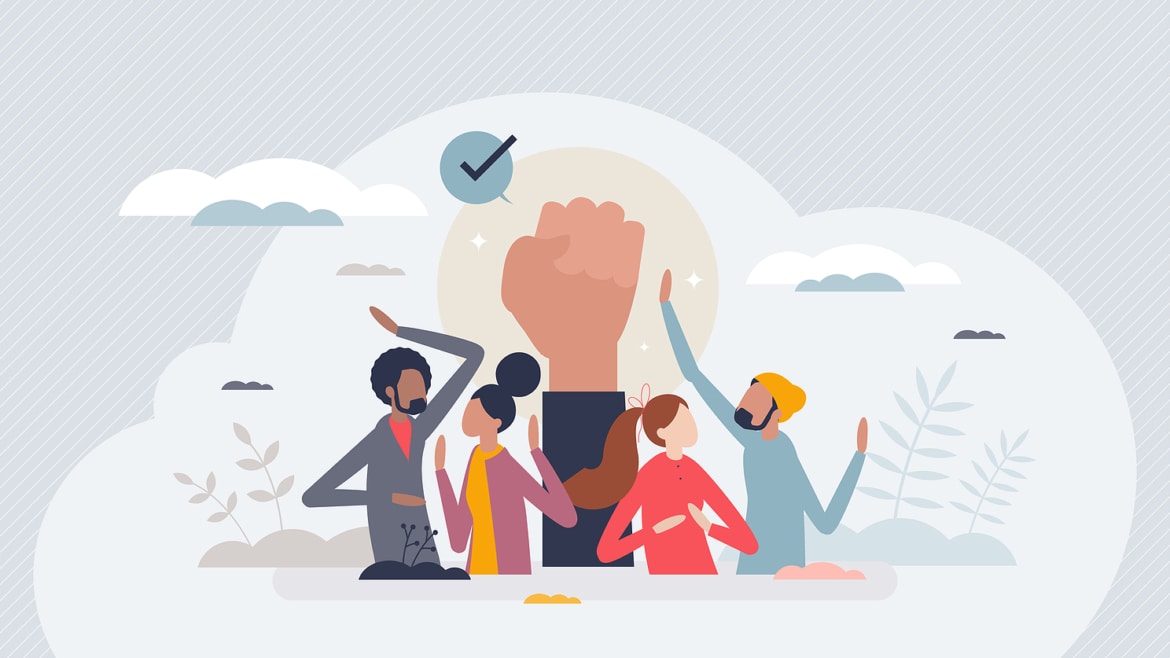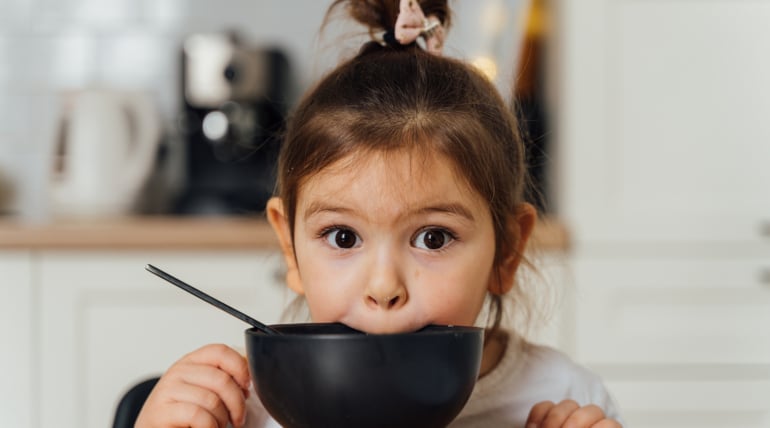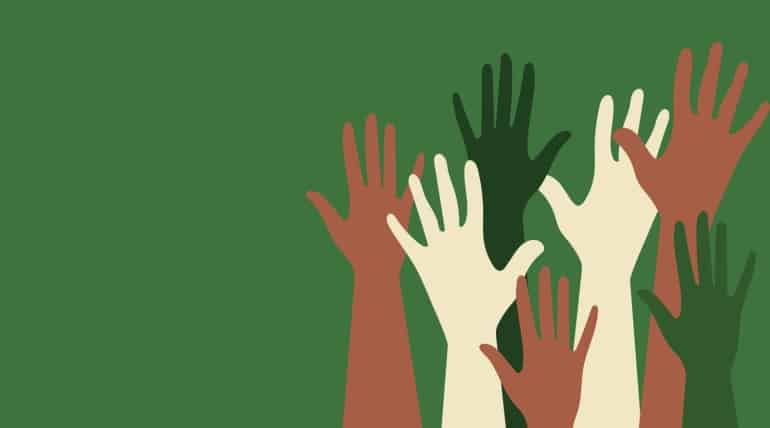Inclusion had its roots in the 1970s and 1980s when education reformers sought to address the issue of isolation in schools. The goal was to create an inclusive educational environment where all students, regardless of race, color, creed, or physical disability, could access the same quality education. This movement led to the implementation of laws such as integrating mainstream classrooms to include students with disabilities and the development of special education services. In other words, a child with disabilities and special educational needs would be educated alongside typical peers in a ‘mainstream’ classroom.
This form of inclusion is known as Forward Inclusion and sees students with disabilities fully integrated into the classroom. However, it’s come out that inclusion in mainstream classrooms might not always serve all students with special needs as best as possible because the number of students with disabilities in such a classroom can be too high for the teacher to juggle with other ordinary students.
Therefore, an alternative was special needs classes where students with autism or disabilities could be in a more specialized setting. The problem with this last option is that it can create a sense of segregation and isolation for the students with disabilities – where students are denied socialization opportunities with their neurotypical peers.
Reverse Inclusion
In response, the idea of Reverse Inclusion has been gaining traction. In reverse inclusion, the typical students are incorporated into a special education classroom for a short period. This means that instead of having all children with disabilities in one classroom, they would be learning alongside their peers who do not have disabilities.
Proponents of this model show that it can provide both disabled and non-disabled students with better educational opportunities and foster better understanding and more significant peer interaction among all students, regardless of their abilities or disabilities.
Peer Buddy Program
Hence, the Peer Buddy Program has been developed. Peer buddy programs help reduce the gap between young students with disabilities and their non-disabled peers. The program not only educates the non-disabled student on how to interact with the disabled student but also helps equip them with better social skills in a special needs setting.
First, the teacher is asked to nominate a student who, in their opinion, can provide support for the student with a unique need. Second, a letter is sent to the parent of the nominated student, informing them about the program and asking for their consent for the child’s interview. The third step involves the interview of the nominated student to assess their willingness. Finally, the student is also provided with age-appropriate information about children with autism and explains what they might hear or see in a typical ABA classroom. And That’s all.
Peer buddy volunteers are categorized into two groups. The greeters & the buddies. These are arbitrary names, but generally, the greeters are responsible for being friendly to the new student, greeting children with disabilities upon arrival and during lunchtime. The buddies, however, are responsible for actively engaging in activities with the disabled student. They sit next to them during lessons, help them with tasks, motivate them, and encourage positive behavior.
The peer buddy program is dynamic, and feedback is sought from disabled and non-disabled students. This feedback is used to ensure everyone’s needs are met while simultaneously building a sense of community in the classroom.
Benefits of the Program
The many benefits of the peer buddy program are well documented. For one, the students with disability feel more comfortable and have increased social confidence when in the presence of their volunteer non-disabled peers. Secondly, the non-disabled students also become better learners and gain a better understanding of what it’s like to be in a special needs setting and develop more patience and empathy. Lastly, the atmosphere in the classroom becomes more natural, encouraging, and supportive for everyone.
Overall, the program has been widely successful in helping both disabled and non-disabled students gain a better understanding of each other, so all can benefit from their shared experiences.




